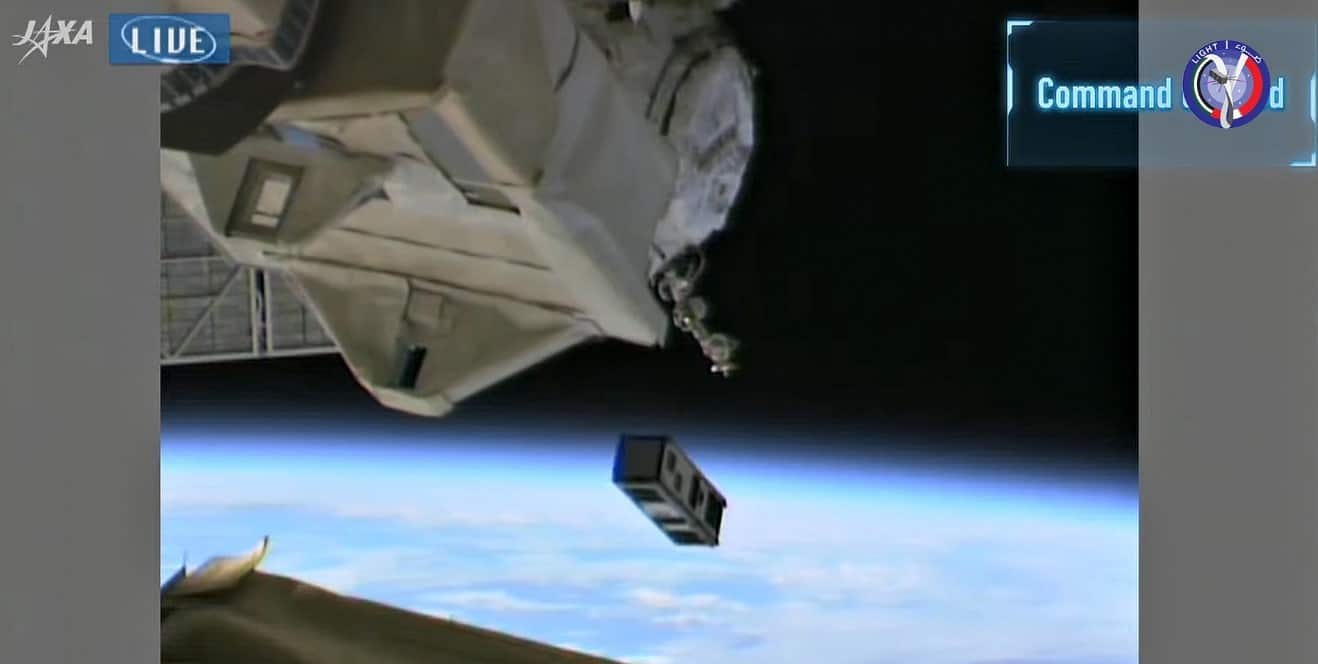The UAE-Bahraini Light-1 CubeSat was successfully launched into orbit from the International Space Station, in cooperation with the Japan Aerospace Exploration Agency (JAXA).
Light-1 CubeSat is a collaborative initiative of the UAE Space Agency, Bahrain’s National Space Science Agency, Khalifa University of Science and Technology, and New York University (NYU) Abu Dhabi.
JAXA coordinated the launch from the Tsukuba Space Centre (TKSC) in Japan, and the event was broadcast live on social media channels. It was also live-streamed on Bahrain’s NSSA National TV and JAXA.
The Light-1 CubeSat represents the region’s first scientific mission to monitor and study Terrestrial Gamma-ray Flashes (TGFs) from thunderstorms and lightning. Data gathered from the Light-1 CubeSat, which aims to leverage space science to support sustainable economic growth, will be shared globally to support scientific analysis and encourage cooperation with research centers around the world, media reports said.
The team that worked on the design and development of Light-1 bus consists of 22 university students from Khalifa University including nine Bahrainis, 10 Emiratis, and three international students, advised by Dr. Firas Jarrar, Manager, Yahsat Space Lab, Assistant Professor, Mechanical Engineering.
The NYU Abu Dhabi team of five Emirati students and five international students, who worked on the development of the payload called Rapid Acquisition Atmospheric Detector (RAAD – Arabic for ‘thunder’), was advised by Dr. Francesco Arneodo, Programme Head of Physics, and Dr. Mallory Roberts, Professor of Physics.
Dr. Arif Sultan Al Hammadi, Executive Vice-President, Khalifa University, said, “As this UAE-Bahraini nanosatellite reached its orbital position, we believe this collaboration initiative will stand out as the best example of what can be achieved by the scientists in the Arab world.”








